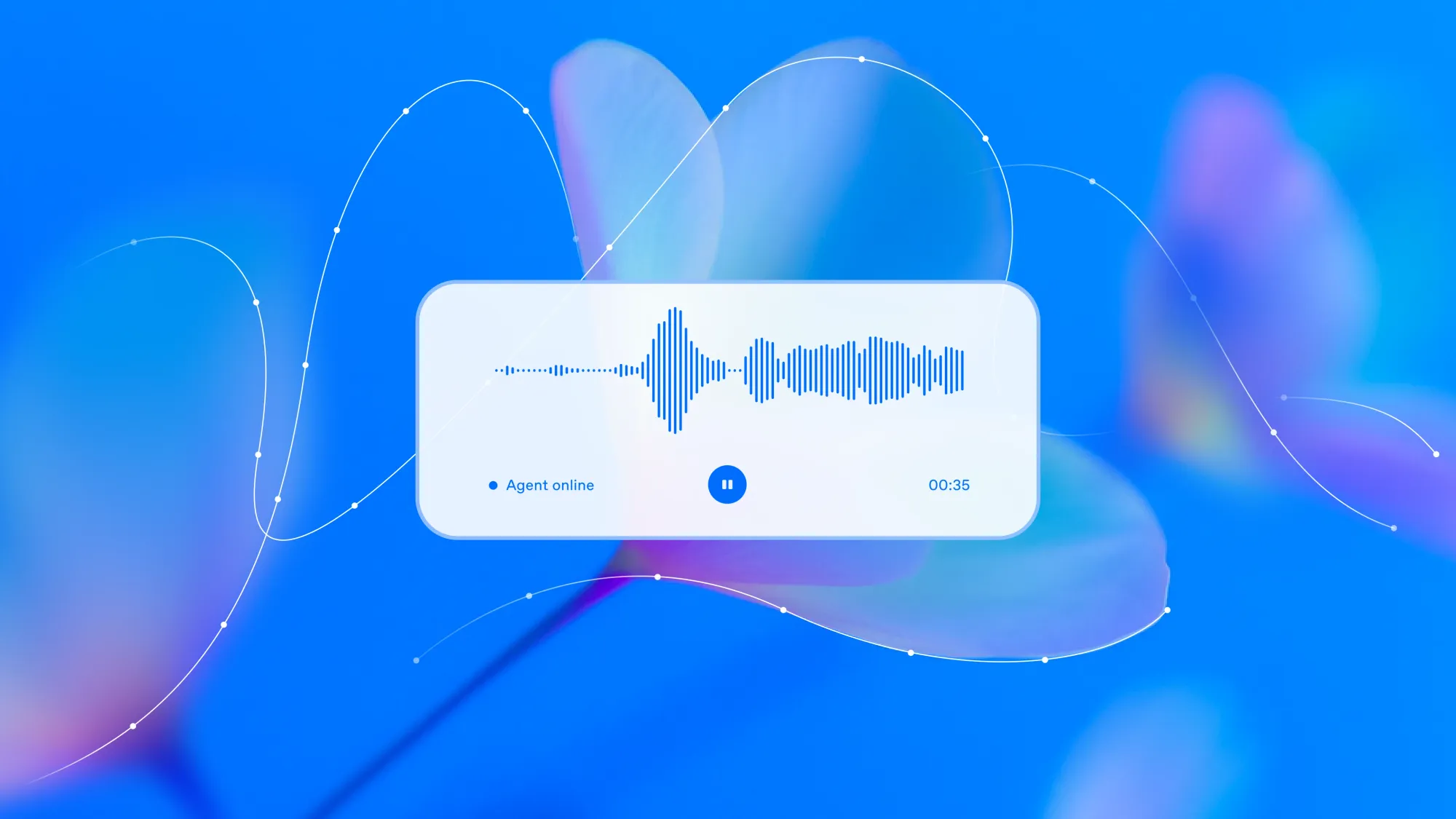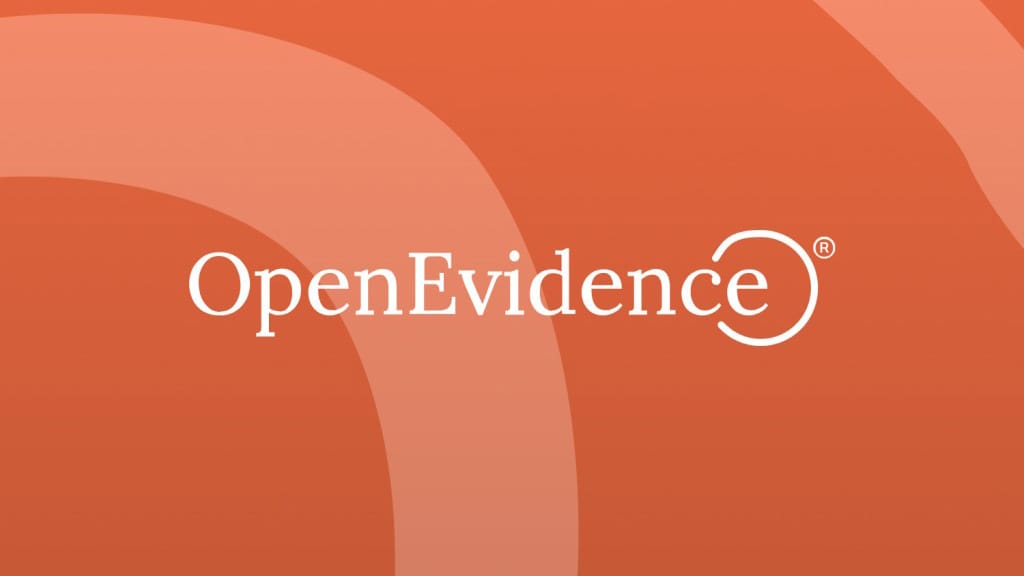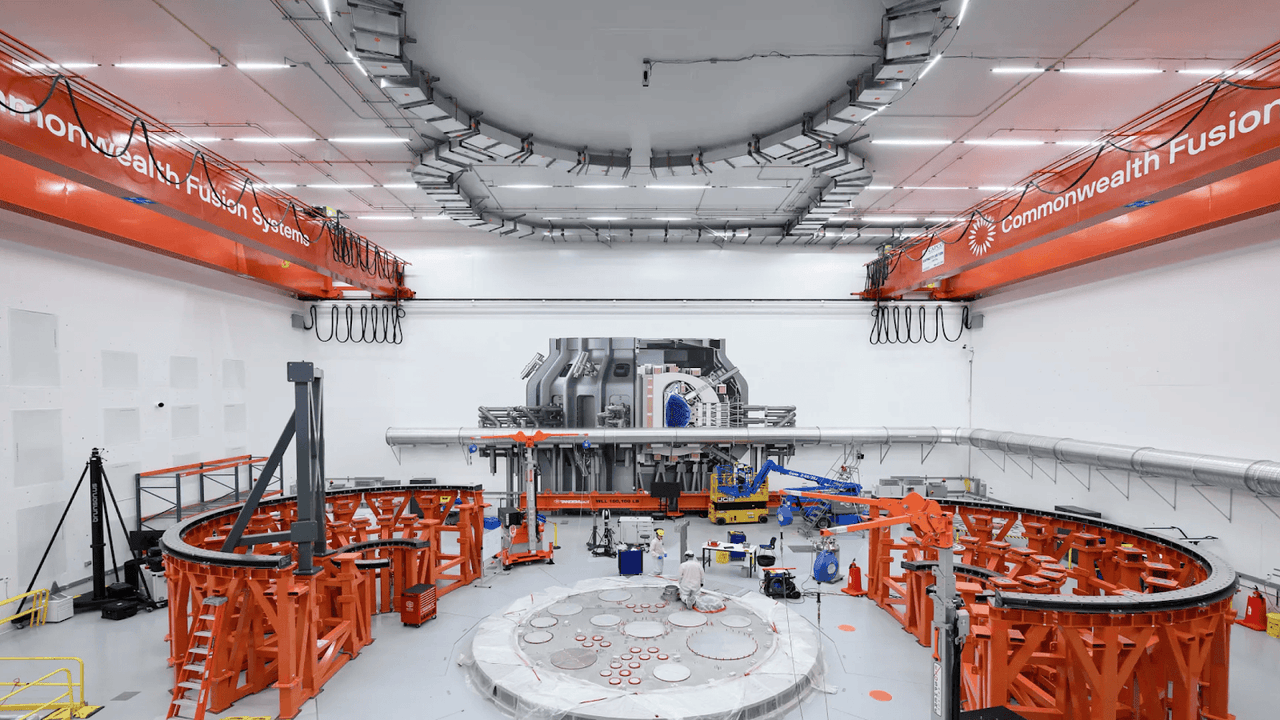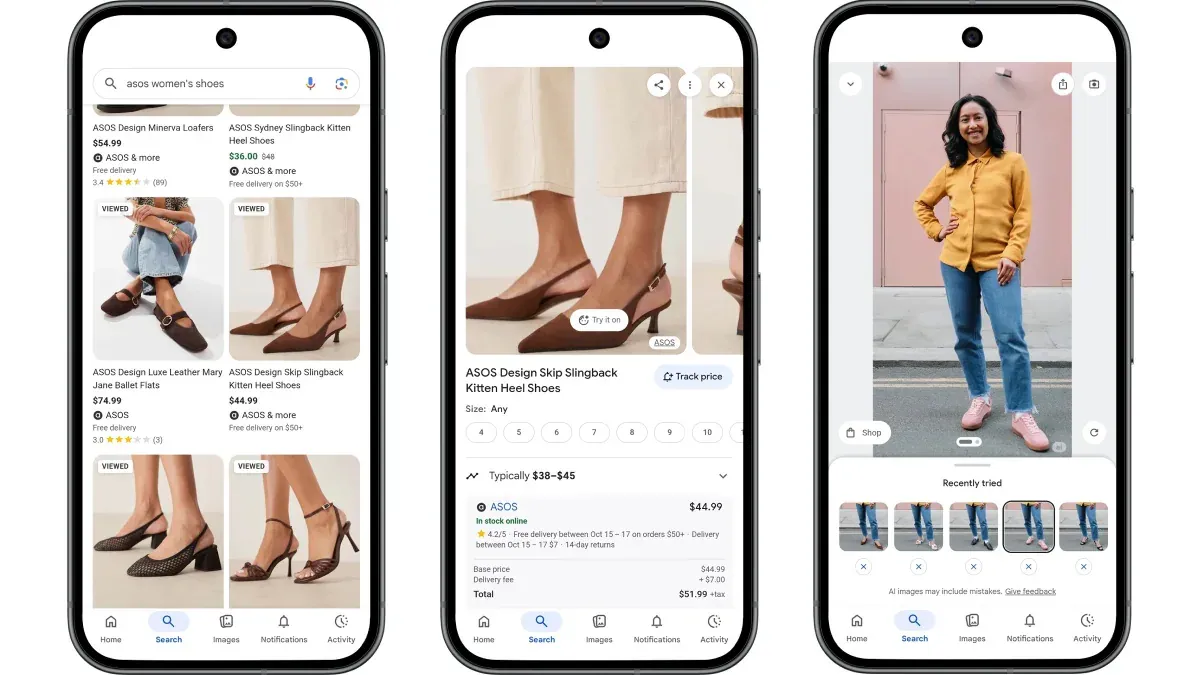GPT-Realtime: OpenAI Just Rewrote the Economics of Voice AI

Picture this: you dial into a call center. No hold music, no robotic lag. Within a split second, a warm voice greets you. It doesn’t just understand your words—it senses your frustration, mirrors empathy, and responds with the cadence of a human operator. The conversation flows naturally, like you’re speaking to a real person.
A few months ago, this was a demo for the distant future. Back then, voice AI meant duct-taping together three brittle systems: automatic speech recognition (ASR) to convert audio into text, a large language model (LLM) to reason over it, and text-to-speech (TTS) to generate a reply. Latency piled up. Conversations felt like international calls from the 1990s.
Enter GPT-Realtime, OpenAI’s new end-to-end speech model. By collapsing the stack into a single system, it didn’t just improve quality—it detonated a bomb under the entire voice AI industry.





